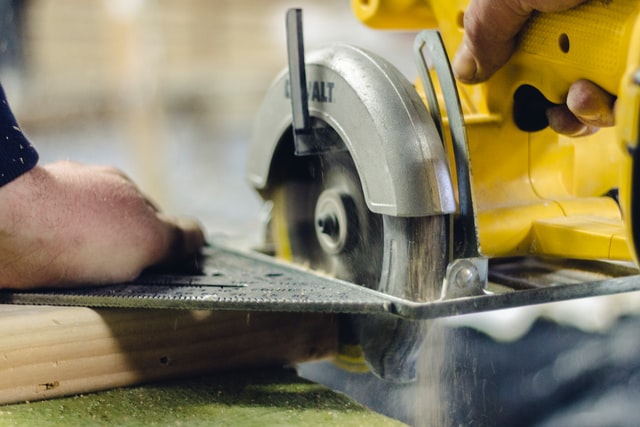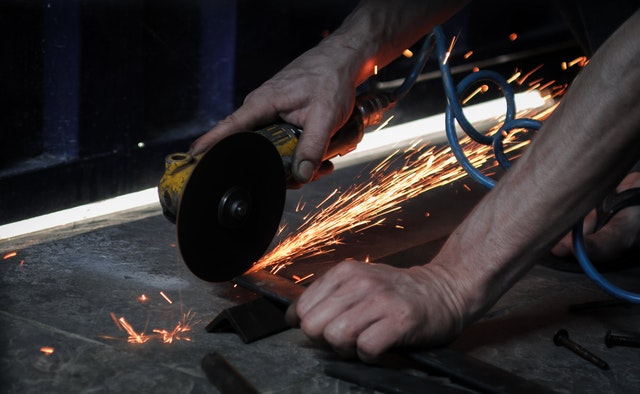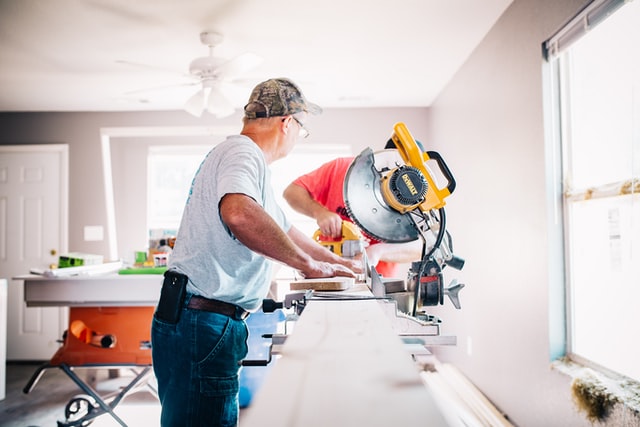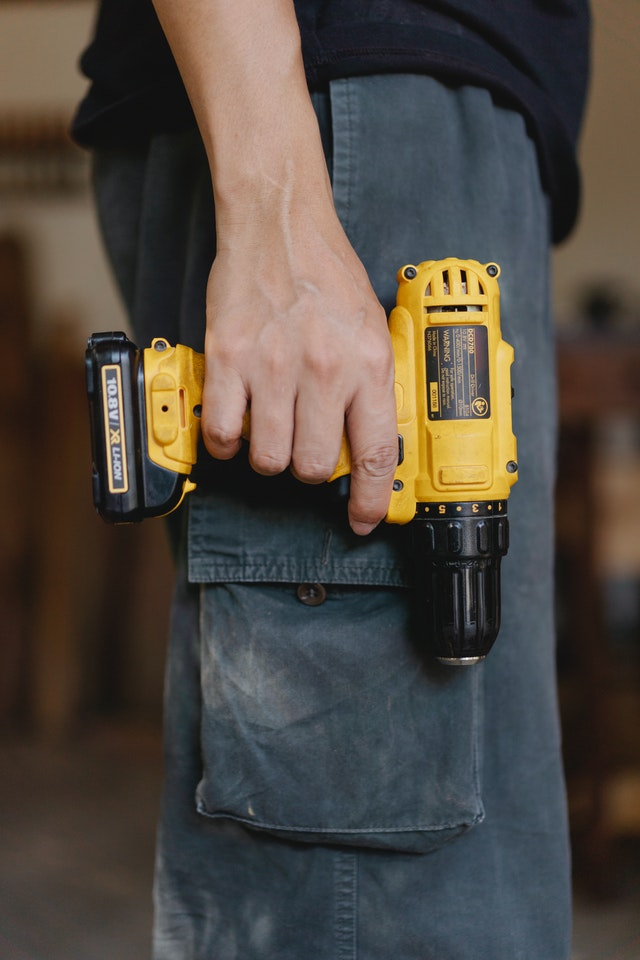Sidewinders are much lighter and easier to handle than worm-drive saws. Various models have the blasé on either side. Find the model most comfortable to you. A good one will easily handle any project in this book.
Second, don’t concern yourself with a saw’s horsepower rating, which is usually measured when the saw is not under load. A better indication of a saw’s are rated at 9 or 10 amps, find a saw rated at least l2 or 13 amps.
The saw should have a solid extruded or cast base rather than a stamped street base. Check that the tilt and height adjustments work smoothly and tighten, easily and firmly. Cast wing nuts stay tight more easily than the stamped wing nuts on cheaper saws. Levers work even better.
Finally make sure the saw is comfortable to use. If you can try different saws at the store make some test cuts. Make sure you like the group and the position of the switch and safety guard level.
Using A Circular Saw
Crosscutting: To make a crosscut with a circular saw, draw a line across the piece, then cut on the waste side of the line. Support the piece so the waste fails freely away from the blade. The wider part of the saw’s base (or shoe) rides on the part of the board is supported.
Guided crosscutting: If you need a particularly precise cut, use a layout square as a guide. Line up the blade with the cut at the edge board. Then hold the square arcos the board with one edge against the side of the saw base. Push the saw along the square to make the cut.
Cutting plywood: Marking your layout lines with a chalk line. Support both sides of the cut with a series of 2×4s on a pair of sawhorses. Clamp a straightedge or board on the piece as a guide for the bottom plate of the circular saw. Set the saw to cut slightly deeper than the plywood thickness.
Safety First
Preventing Accidents And Injuries
The important of safety for home improvement and remodeling [rejects cannot be overemphasized. Mistakes can have serious consequences. Before starting any project, review all the steps involved. If you are uncomfortable with any procedure, find a carpenter or the knowledge person to help you.
Safety equipment should be among the first tools you purchase. Start with a pair of safety glasses or goggles. If you wear prescription glasses, get goggles, that fit over them or invest in a pair of prescription safety glasses. Try them on before purchasing and, find a pair that is comfortable so you won’t mind wearing them whenever you’re working. Make a habit of wearing safety glasses all the time, period that way you won’t be tempos to make “just one quick cut” without them.
Next up is hearing protection. There are many types of earplugs and earmuffs available. Earmuffs provide more complete protection. Again try them on it possible to test for comfort.
Dust masks are necessary during demotion and drywall finishing. Check the label before you buy and match the mask to the type of work you are doing. In general masks with a single strap are rated for nuisance dust.
These keep sawdust out of your lungs. For sanding drywall or ripping out plaster, you’ll want a mask rated for fine dust. These thicker masks usually have two straps.
Protect your hands with work gloves when handling work such as unloading materials, demolition and cleaning up debus do not wear them when you are working with power tools. You are more likely to lose your grip or fumble a tool or piece with gloves on. In addition, gloves may get caught in spinning blade or drill bit.
Finally, it is always a good idea to have a first aid kit on hand.
There are two basic types of cuts to make using a circular saw a cross cut which runs across the grain; and a tip cut which runs with the grain. No matter what type of cut your making for best results it should be straight.






